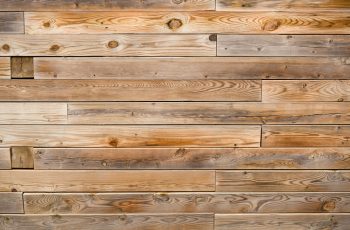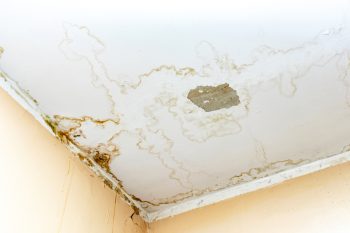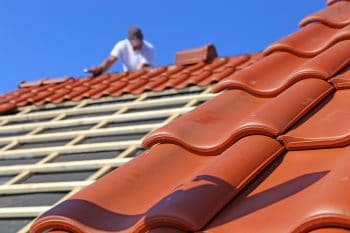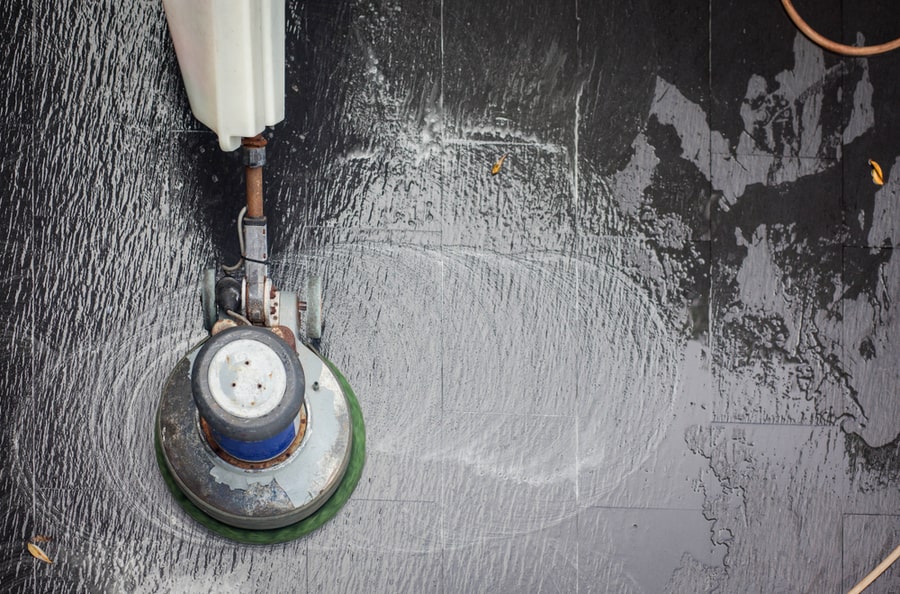
A concrete densifier is a chemical hardener that penetrates the top layer and increases the surface density by filling the pores at the surface when applied to a concrete floor.
You can use a concrete densifier on polished and unpolished concrete floors. It strengthens and adds shine to concrete floors and reduces the risk of concrete dusting.
This is because when the densifier penetrates the pores of a concrete slab, it reacts with any loose concrete particles to create a crystalline bond.
This reduces the porosity of the concrete and eliminates concrete dusting. With such benefits, using a concrete densifier in any concrete floor construction project is crucial.
Concrete densifiers strengthen concrete floors by reacting with the calcium carbonate on the top layer of the concrete floor. The reaction results in a strong bond between the particles of the floor.
The main benefits of concrete densifiers are:
- Increased durability of concrete floors.
- Reduced water damage and staining.
- Preventing concrete dusting.
- Addition of a shiny appeal to the floor.
Read on as we discuss more concrete densifiers.
This article discusses everything you need to know about concrete densifiers; how they work, the process of applying a concrete densifier, the benefits of using a densifier on your concrete floors, and the difference between a concrete densifier and a sealer.
How Do Concrete Densifiers Work?

While concrete is generally a strong and durable construction material, it can last longer when you add a densifier. Most concrete densifiers are water-based and are made of sodium, lithium silicates, or potassium.
Ideally, it is best to apply the densifier after the concrete has cured to allow for the release of free lime(calcium carbonate).
When the chemicals such as lithium silicate in the densifier react with the calcium carbonate, they form calcium silicate hydrate gels that fill the concrete pores on the top layer of the floor.
This resulting crystalline bond between the concrete and the densifier is very strong and therefore increases the strength of the concrete floor.
You can apply a concrete densifier on polished and unpolished concrete floors.
How and When To Apply a Concrete Densifier
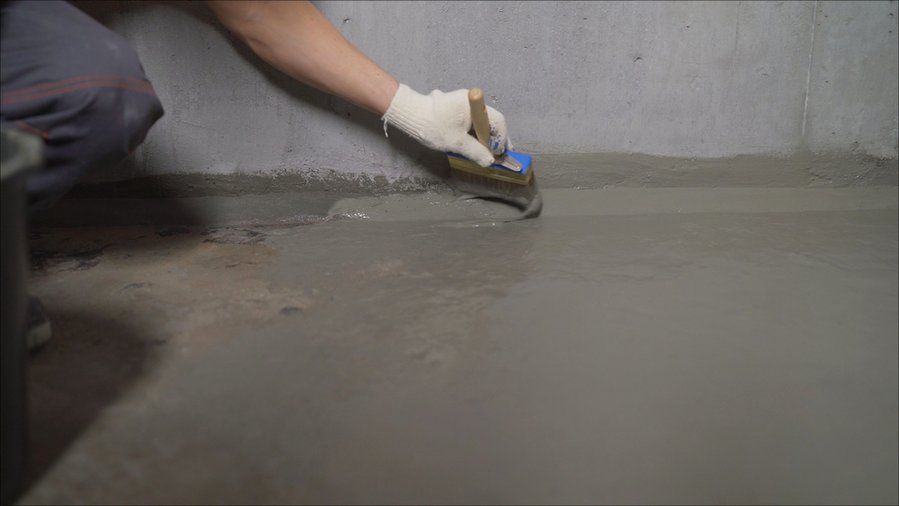
Applying the densifier at least 14 to 28 days after the concrete has cured is best. This will ensure enough calcium hydroxide/ calcium carbonate for the densifier to react with.
When polishing the floor, the stage at which you apply the densifier will depend on the concrete’s hardness.
When working on soft-medium concrete, densify the concrete after grinding with the 80-grit diamond. You can tell the concrete is soft by using a Mohs hardness pick or if, after using a 40-70 grit pad, you notice the release of more dust than usual.
Applying the densifier at this point will keep the concrete crystals compact, improving the floor surface’s quality after polishing.
On the other hand, for hard concrete, apply the densifier after the 200-grit and before the 400-grit. The type of sealer you will apply might also determine when you apply the densifier.
If you’re using a penetrating sealer, it is best to apply the sealer before the densifier, but for a top foaming sealer, you can apply it after the densifier.
Understanding the conditions you are working under is vital so you can apply the densifier at the right time.
To apply the densifier:
- Clean the floor by vacuuming or sweeping debris produced during the grinding.
- Use a non-etching solvent to remove stains from the floor, if any.
- Allow the floor to dry for proper penetration of the densifier.
- Spray the densifier onto the floor and spread it using a microfiber mop or a squeegee.
- Ensure the densifier stays wet for about 20-30 minutes to keep the chemical reaction from happening. If any section dries before the necessary time frame, reapply the densifier.
- You may see results of the densifier after two hours, but the reaction continues for up to two months.
Benefits of Using Concrete Densifiers
Let’s see how you will benefit through concrete densification:
1. Durability

While concrete is durable, it is prone to damage by water, cracking, and dusting. Adding a densifier creates a strong bond between the concrete and the compounds in the densifier.
This increases the concrete floor’s strength, reducing wear and tear damage. You also avoid water damage, therefore, making the floors last longer.
Densified floors can withstand high-level impact, making them ideal for high-traffic areas such as factories, warehouses, and stadiums. Moreover, densified floors do not peel, unlike sealants or floor paints which peel over time.
2. Shiny Appeal
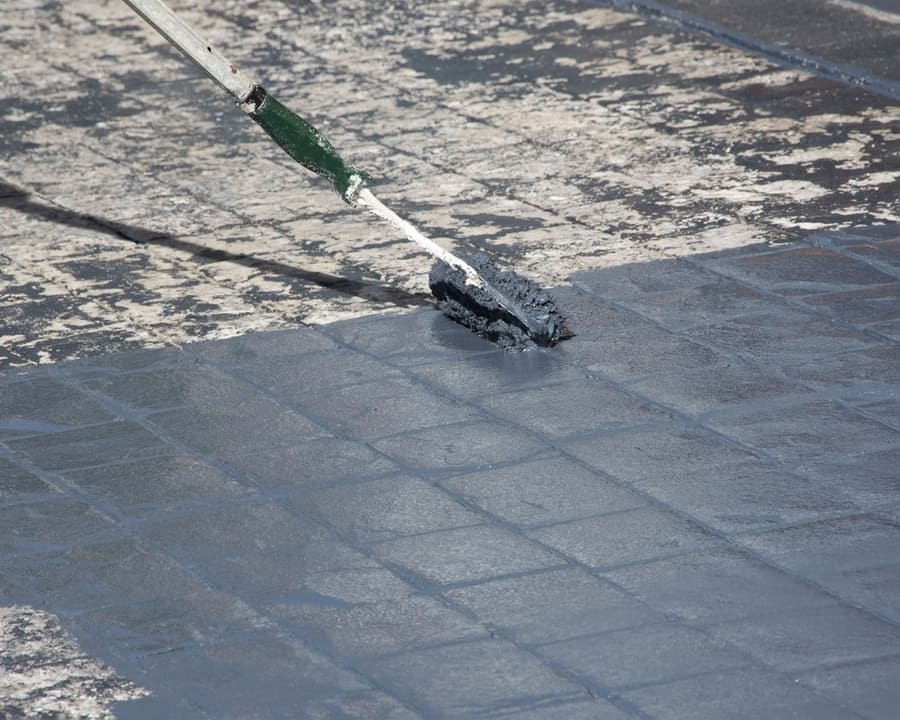
Constructors use diamond grit pads to even out the surface when polishing a concrete floor. However, if the concrete is too porous, the abrasion can cause micro-chunks to dislodge from the floor, leaving pits that reduce the shine quality.
Applying a densifier to a concrete floor at the finishing stages before polishing will ensure you get even floors and achieve a glossy appeal.
This is because the pores are filled during the densification, and all the loose concrete particles bonded to the densifier through a chemical reaction. Therefore, there’s no chance of any pieces of the floor dislodging. The concrete floors become glossier with time if you maintain them properly.
3. Reduced Water Damage and Staining
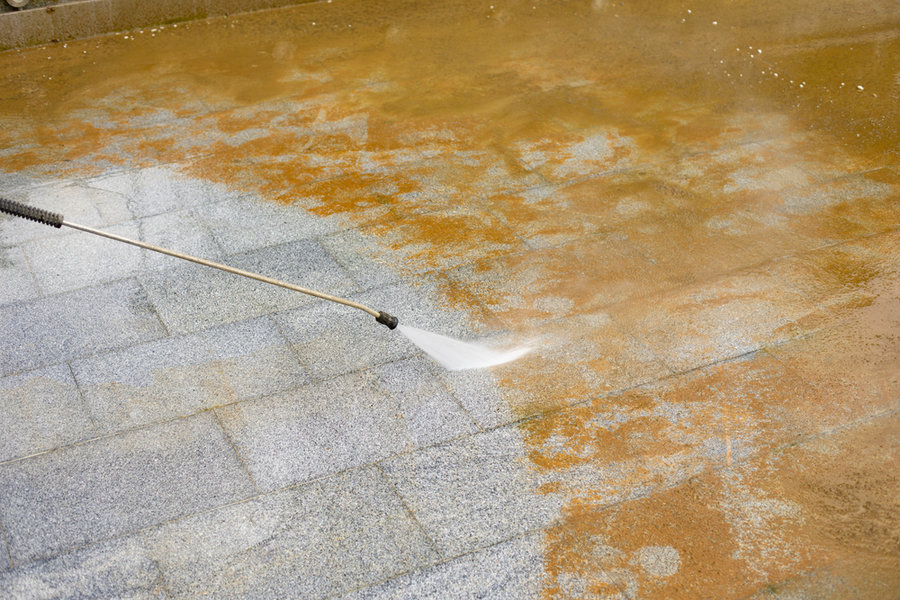
Once you apply a densifier to a concrete floor, it fills all the pores and micro-pits that might be on the surface.
This reduces the porosity of the floor, and therefore it cannot absorb any water, grease, or other spills that can cause stains.
4. Preventing Concrete Dusting
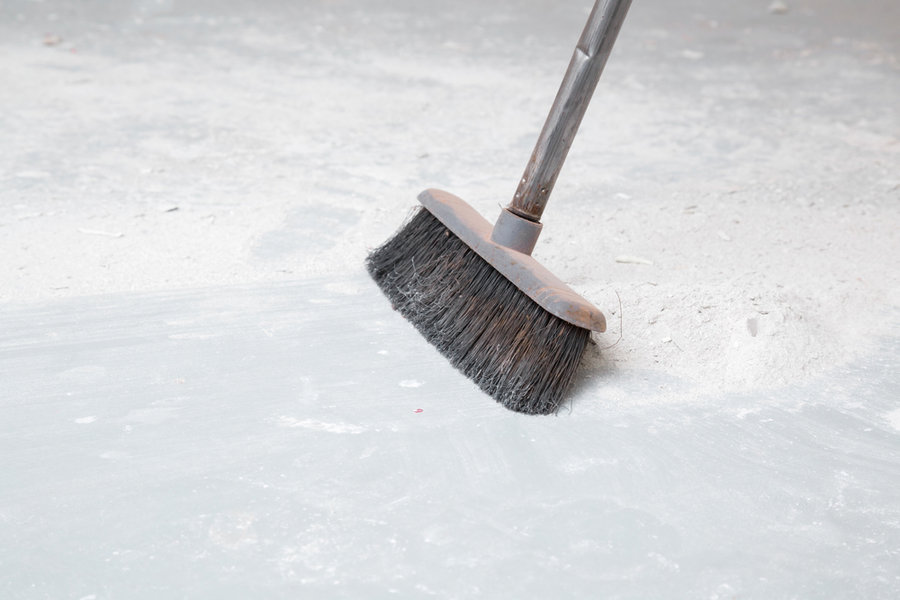
Concrete dusting is a common phenomenon with concrete floors. It refers to the formation of loose powdery material on the surface of a concrete floor caused by premature finishing, improper curing, or using the wrong ratio mixture of water and cement during construction.
Dusting can be a nuisance, especially indoors, because concrete dust can have health implications when inhaled for a significant amount of time.
Adding a densifier to a dusting concrete floor can help resolve this problem.
This is because the densifier will react with the free lime(the loose dust) to form calcium silicate hydrate, which enters the pores of the floor and holds the concrete together, making it less susceptible to dusting.
Concrete Densifiers vs. Sealers
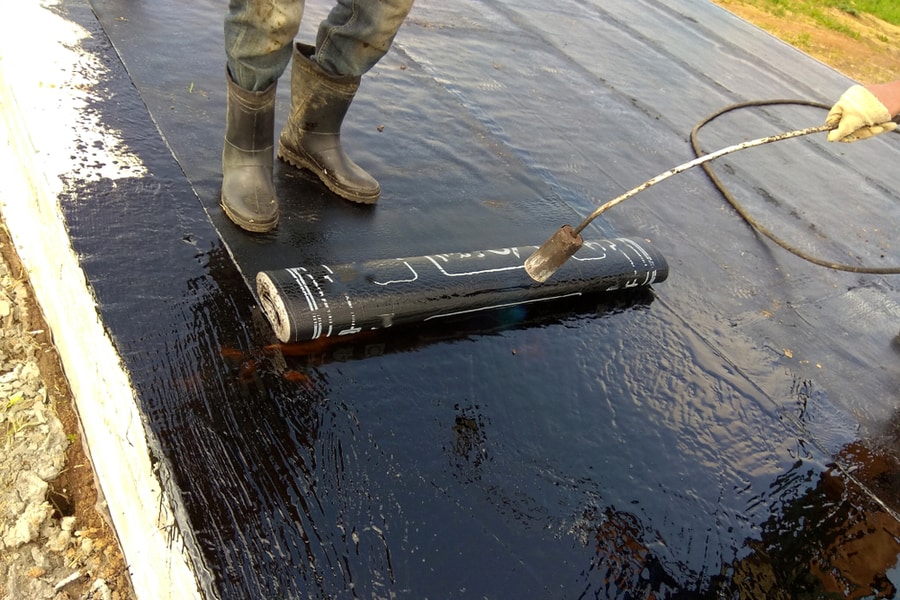
Densifiers and sealers are very different. A densifier is made of sodium, potassium, or lithium silicates. It penetrates the top layers of a concrete floor, causing a chemical reaction between the concrete and the densifier.
The chemical reaction produces a stronger, more durable, and waterproof concrete floor.
A densifier doesn’t fade or peel, and it’s mostly water-based. On the other hand, a sealer is made of polyurethane, and it forms a protective coat on top of a concrete floor’s surface.
Unlike a densifier, it doesn’t permeate through the concrete. Instead, the sealer acts as a sacrificial layer that takes on wear and tears on behalf of the concrete.
You can apply a sealer after a concrete densifier, though some manufacturers produce concrete densifiers containing sealers.
Conclusion
Concrete densifiers are an increasing trend in concrete floor installation and repair. Densifiers are vital in strengthening concrete floors, making them waterproof, and preventing concrete dusting while adding a shiny appeal.
It is important to note that concrete densifiers are different from sealers.
While densifiers permeate and strengthen the layers of a concrete floor, sealers form a sacrificial protective layer in place of the concrete.
We hope that by reading this article, you’ve gained some insights into concrete densifiers and why it’s best not to ignore them when installing or repairing your concrete floors.
Frequently Asked Questions
Is There Any Difference Between Sealers and Concrete Densifiers?
Yes. Concrete densifiers and sealers are different. A concrete densifier penetrates the top layers of a concrete floor.
A chemical reaction occurs between the concrete and the densifier resulting in a stronger, more durable, and waterproof concrete floor.
On the other hand, a sealer forms a protective layer that takes on wear and tears on behalf of the concrete.
Why Is Using Concrete Densifiers Important?
Applying a concrete densifier fills the pores on a concrete floor forming a strong bond between the elements of the concrete floor. This strengthens the floor, making it significantly durable.
The densifier also adds to the floor’s beauty, prevents concrete dusting, and reduces the floor’s porosity, making it waterproof.
When Should You Apply a Concrete Densifier to Your Concrete Floors?
When working on soft-medium concrete, you can densify the concrete after grinding with the 80-grit diamond. On the other hand, for hard concrete, apply the densifier after the 200-grit and before the 400-grit.
In either case, ensure that the concrete has cured adequately for about 14-28 days to ensure enough calcium carbonate to react with the densifier.



